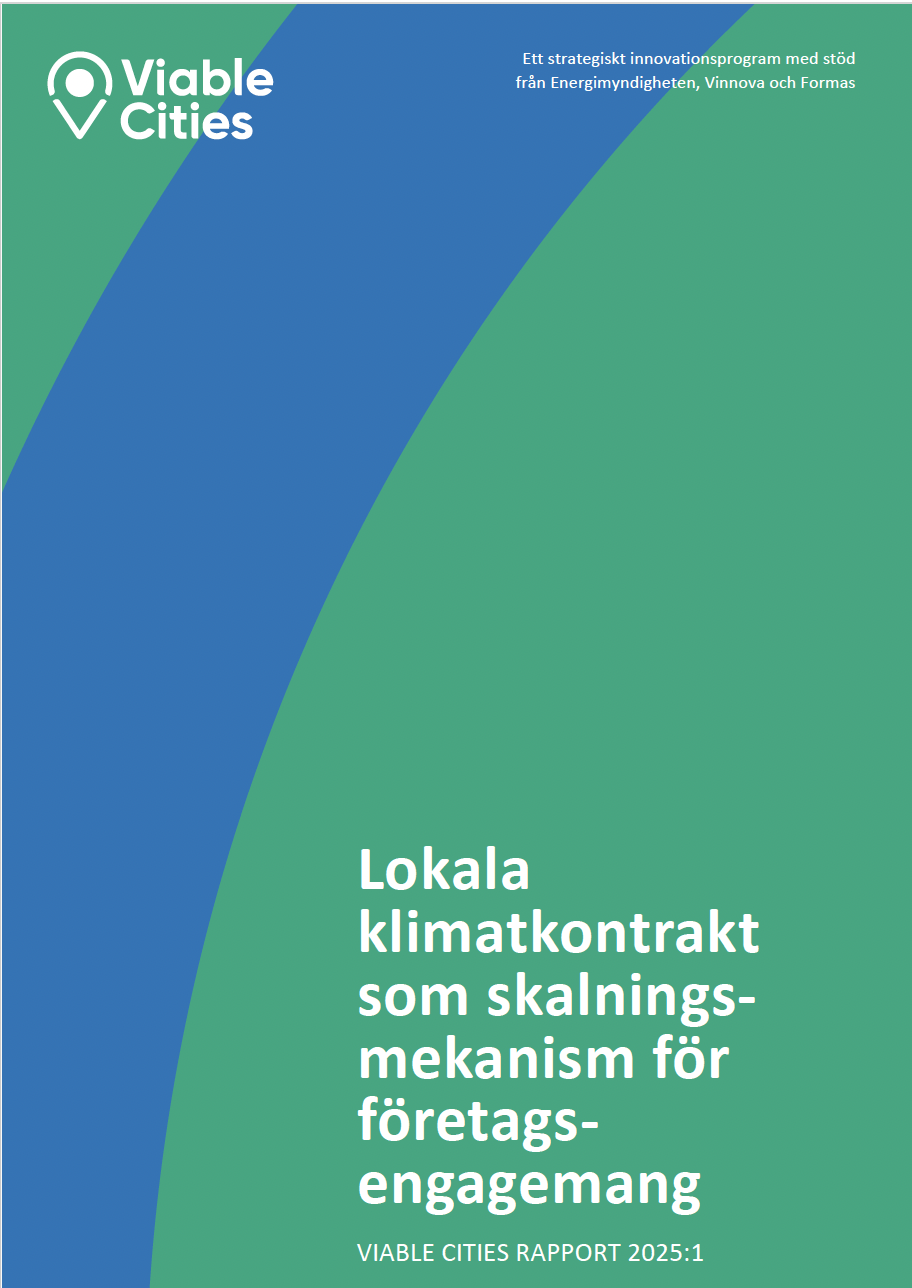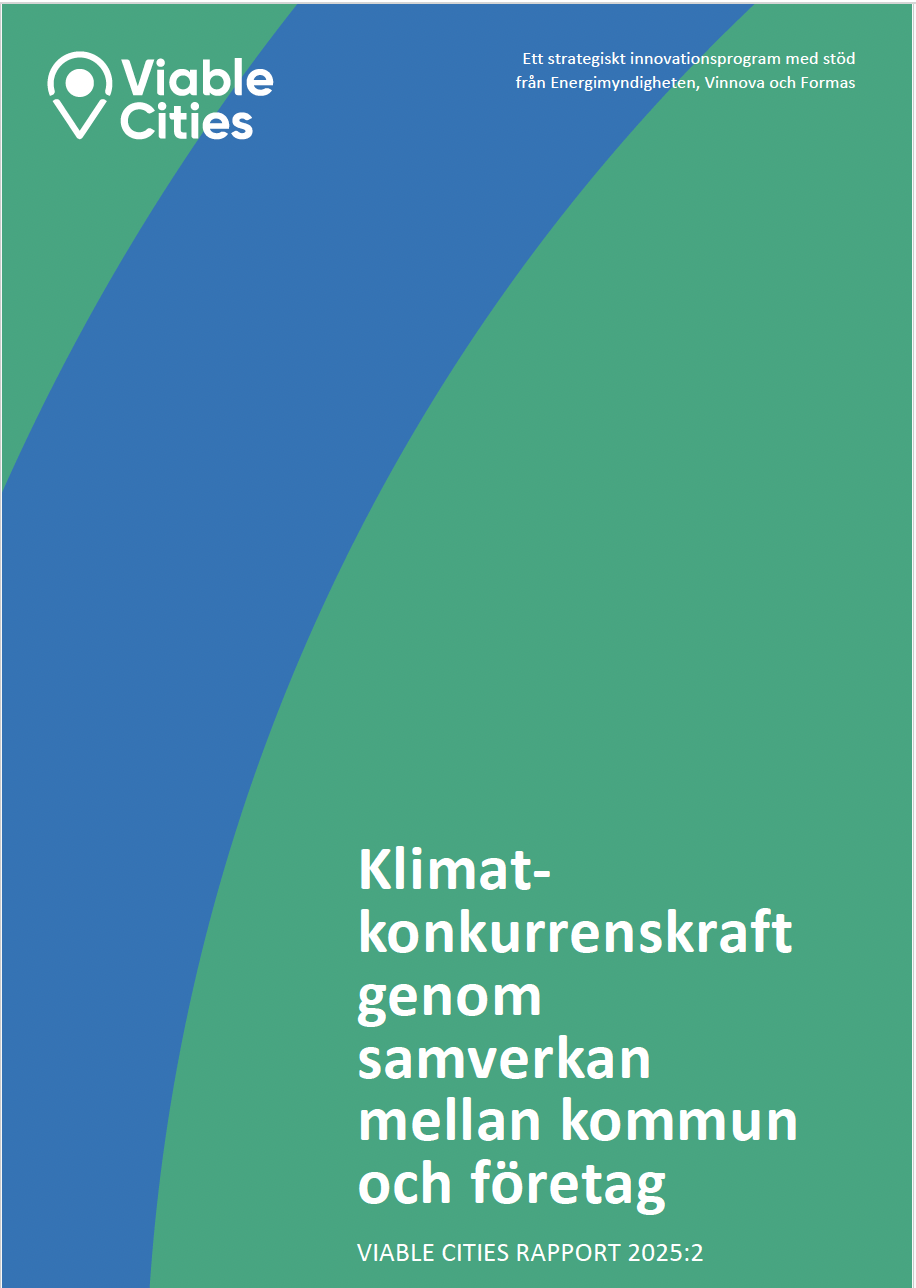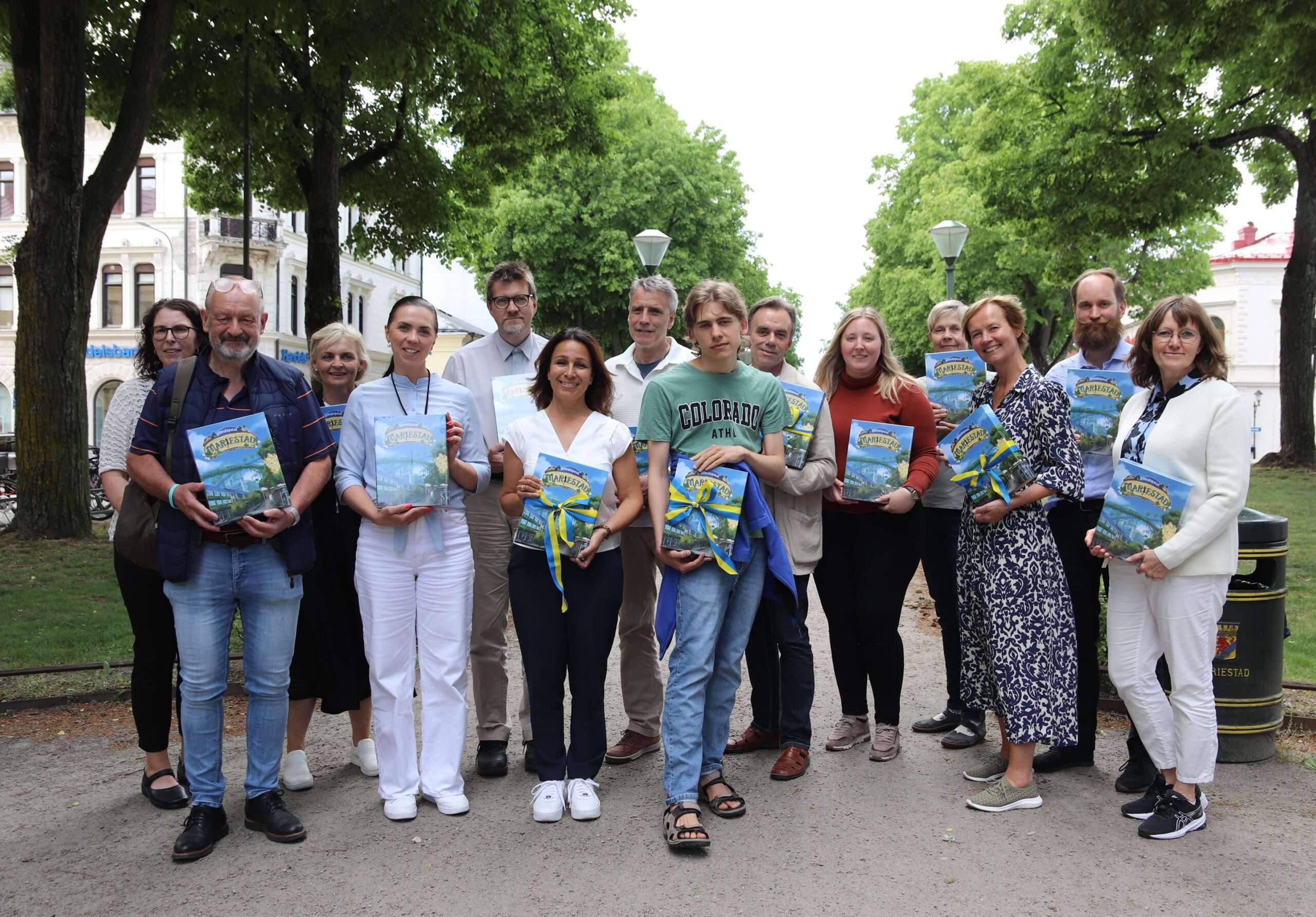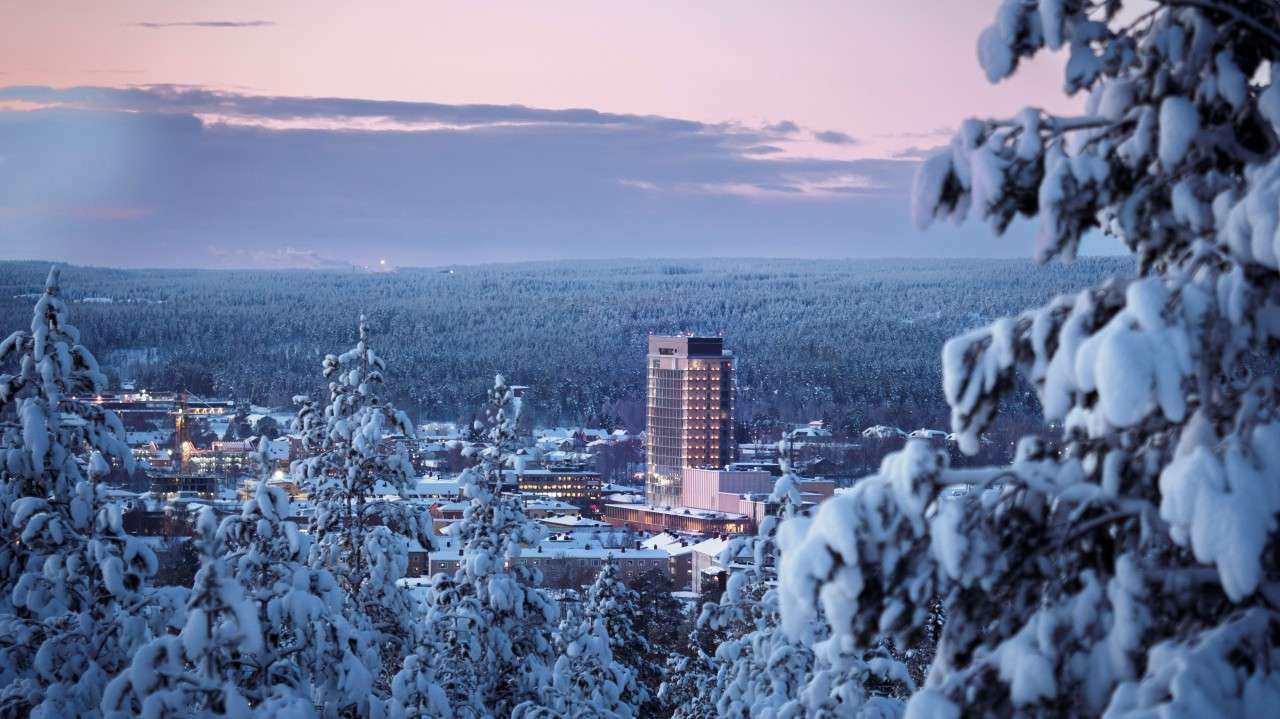
Local Climate City Contract between business and municipalities are a tool to create a common arena for the climate transition in many 2030 cities. In a new report, we have taken a closer look at what the local variants look like, and how they...
Viable Cities, the Swedish Association of Local Authorities and Regions and the Climate Municipalities are collaborating in the Climate Competitiveness initiative to accelerate the collaboration between municipalitiesbusiness to both strengthen companies and achieve the mission and become climate neutral.
The role of companies in the climate transition has become increasingly high on the agenda in Sweden and internationally, both as major emitters but also as suppliers of solutions. Viable Cities is therefore investing in the Climate Competitiveness initiative in 2023, where we together explore what systemic changes can accelerate the collaboration between municipalitiesbusiness to achieve the mission of climate-neutral cities in 2030 with a good life for all within the boundaries of the planet.
The initiative is primarily aimed at the 23 cities included in the Climate Neutral Cities 2030 program, with the aim of creating knowledge that can be used in all Swedish municipalities. It is a complement to the interest groups that have already been formed within Viable Cities on various issues related to collaboration with the business community and other initiatives where the business community is involved.
One purpose of Climate Competitiveness is also to jointly support each other to develop from relatively uncoordinated short-term projects to a coherent and long-term strategy based on the climate contract's analysis that identifies the most important areas of action and the joint roadmap with an associated climate investment plan in which companies are systematically involved.
The Swedish National Board of Housing,Building Communities as part of housing supplydescribes how municipalities can choose to provide support at different levels. These can be generalized and serve as a model for how municipalities can support companies' efforts in the city's development towards climate neutrality:
A fourth level can be added to this:
Within the Climate Competitiveness initiative, Viable Cities, together with Sweden's municipalities and regions and the Climate Municipalities, has created a collection of tools as inspiration to accelerate collaboration between municipalities and business to achieve the mission of climate-neutral cities in 2030 with a good life for everyone within the planetary boundaries.
Here you will find many different approaches to how others work with collaboration between municipalities and business.
List of a number of different areas and links to how different municipalities work concretely with collaboration.
Here you can get an overview of the climate challenges faced by the business community, but also where to find good practices.
Different actors may have different reasons for investing in climate change adaptation and this tool makes it more transparent.
Create a basis for strategic choices regarding investments.
The checklist makes it easier to start work and avoid pitfalls.
A framework that helps to agree on how much energy to spend on which things at the moment.
Climate-smart businesses are more competitive, so here are some tips to ask when officials and/or politicians visit.
Do you want to read more about how cities in Sweden work for collaboration between municipalities and business, or are you interested in learning how many of the cities in Climate Neutral Cities 2030 work with local Climate City Contract? Here are two reports to read:

Local Climate City Contract between business and municipalities are a tool to create a common arena for the climate transition in many 2030 cities. In a new report, we have taken a closer look at what the local variants look like, and how they...

How companies and municipalities work together to support business and contribute to the climate transition - 100 examples. A new report presents different types of good examples of climate competitiveness from across Sweden.

Mariestad has been working on innovative green solutions for almost ten years, and the Climate Neutral Mariestad 2030 mission brings together all those working for the climate in Mariestad - business, individuals and other actors - in Mariestad's transition arena. Together they work...

The transition in Skellefteå focuses on sustainable mobility, sustainable construction and sustainable industry. By mobilizing the whole community, they are working to increase biodiversity by creating environments that benefit local species, redesigning the city's traffic flows to promote...